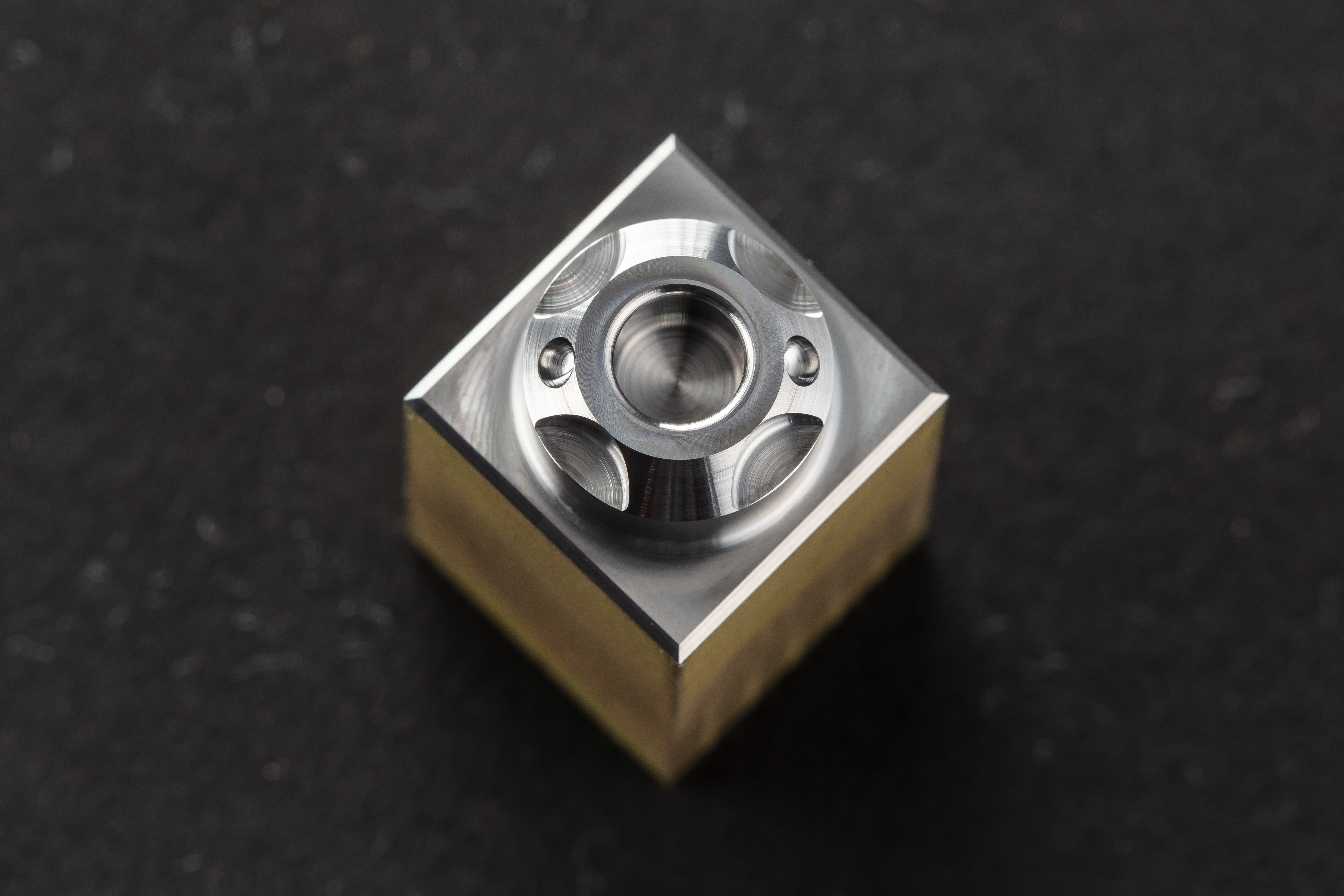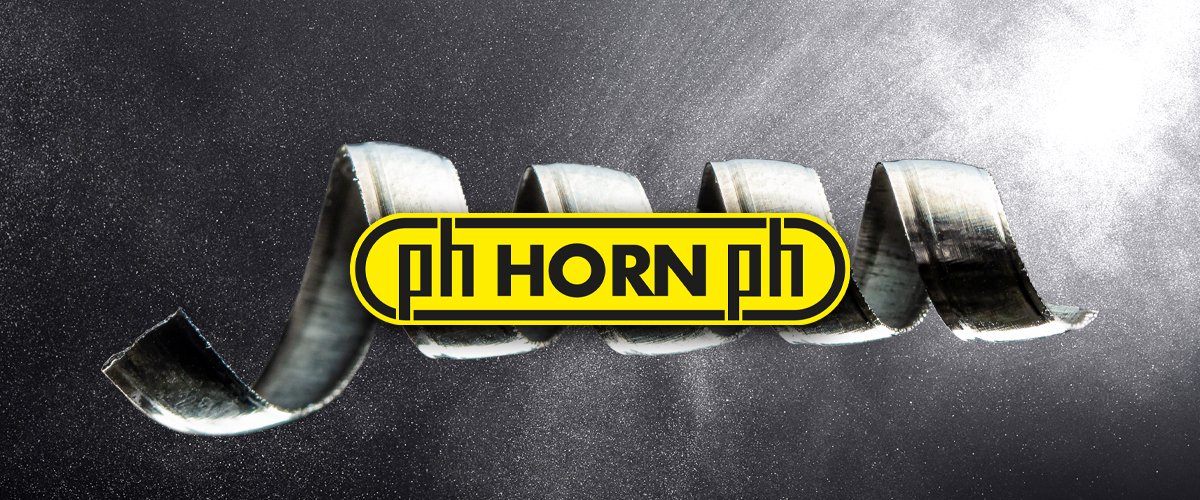Punch made of sintered carbide


Tool, model and mould making is an important industry for the precision tool manufacturer Paul Horn GmbH in Tübingen. The following practical example illustrates the demanding requirements placed on machining.
Gerhard Rauch GmbH was founded in 1970 and has been growing ever since. For many years, the company has been well known within the packaging industry as well as in other sectors. It produces foil punching tools and the associated punching machines. Today, 80 employees work at two locations in three different areas: punching tools and machines, contract machining and production of prototypes. The company’s customers work in food production, electronics, aerospace and Formula One.
As an example, consider a punch made from the Boehlerit carbide grade MB30. The most notable feature is that erosion is replaced by milling. The punch is produced in five high-precision machining operations. In the words of Anton Buresch, CEO of Rauch, “It’s important to be open to new technologies and to make investments in order to embrace different approaches and see clear improvements.” The final contour is predefined using a milling cutter equipped with 15 CVD inserts. The surface finish required is Ra 0.2 µm. The second machining step involves drilling the centre hole using a solid carbide torus end mill with two flutes and a diameter of 5 mm. This produces holes in the solid material to a depth of 5 mm. The third step is face and contour milling. The feed rate as the CVD milling cutter enters the material is 750 mm/min at a 0.15 mm depth of cut and a chip width of 3 mm. The surface finish achieved is Ra 0.12 µm. Horn advised Rauch to use a twin-flute torus end mill, this time with a diameter of 6 mm, for machining the outer surface. The final process is profile milling. This is carried out using a ball nose end mill with a diameter of 2 mm and two flutes. The tool mills the solid material on the outside surface whilst ensuring contour accuracy. Machining is completed on a Hermle machining centre in a single clamping. Previously, it could take up to eight hours to manufacture a punch, including electrode production, erosion, grinding and polishing. Using CVD-D tools makes it possible to achieve a finish-machined component in 12.5 minutes. Previously, machining by eroding, grinding and polishing used to take more than two hours – up to eight hours including electrode production. The interaction of machine, tool, CAM and material is important - the entire process needs to be considered in order to be successful.




